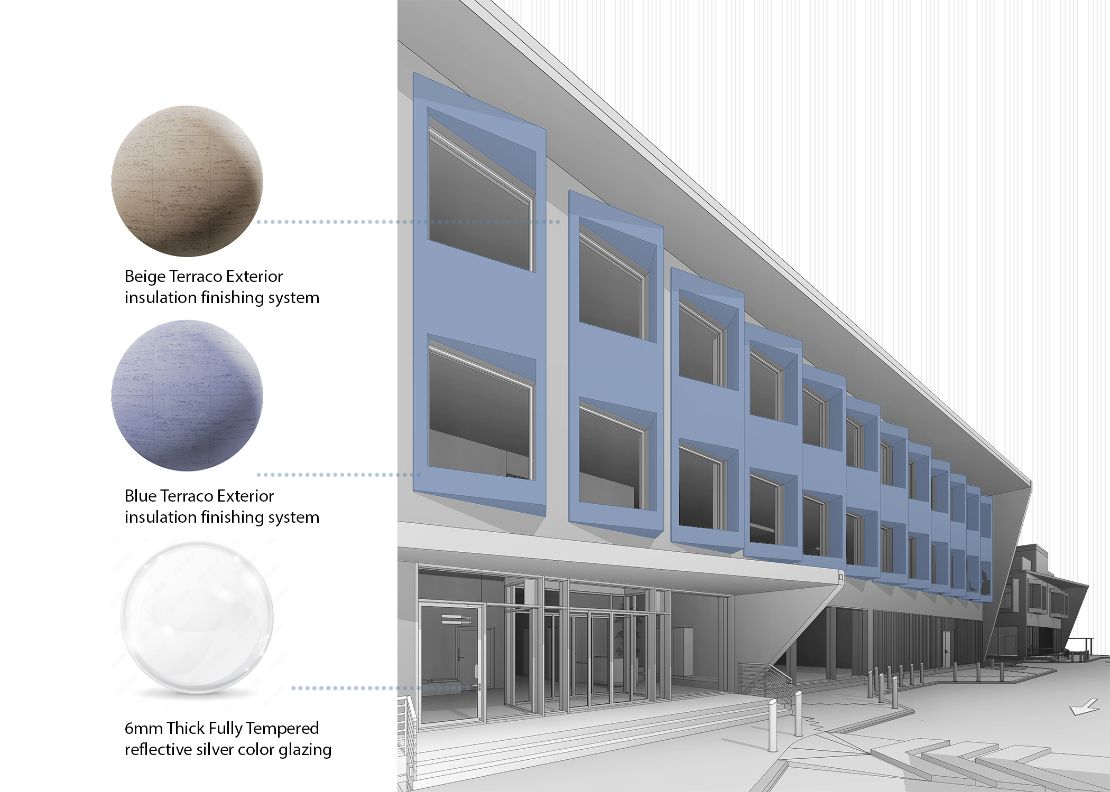
INSIGHT MAY 24, 2024
Revolutionizing Construction With Optimized Building Materials
In the modern era of construction, the quest for sustainability is reshaping the industry's foundational practices, compelling a reevaluation of the materials we use to build our world. As the construction sector grapples with its environmental footprint, the optimization of building materials emerges as a crucial strategy in revolutionizing construction practices. This comprehensive exploration aims to enlighten and inspire readers about the significance of analyzing and optimizing building materials, emphasizing the roles of innovation and informed decision-making in forging a sustainable future.
The significance of building materials in sustainable construction:
The choice of building materials has profound implications for the sustainability of construction projects. Materials not only dictate the aesthetic and structural integrity of a building but also impact its environmental performance over its entire lifecycle—from extraction and manufacturing to transportation, installation, and, ultimately, disposal or recycling. Therefore, optimizing building materials is fundamental to reducing the environmental impact of construction and achieving greater sustainability in the built environment.
Assessing the Environmental Impact of Building Materials:
An essential step in optimizing building materials is assessing their environmental impact, a process that considers various factors including energy consumption, resource depletion, greenhouse gas emissions, and the potential for reuse and recycling. Life Cycle Assessment (LCA) is a systematic approach that evaluates these impacts throughout the material's lifecycle, providing invaluable insights that guide the selection of more sustainable materials.
Advancements in Material Technology:
The construction industry is witnessing a wave of innovation in material technology, with research and development efforts yielding new materials that are lighter, stronger, more durable, and environmentally friendly. From self-healing concrete and translucent wood to recycled composites and bio-based materials, these advancements are expanding the palette of options available for sustainable construction.
The Role of Innovation in Material Optimization:
Innovation is the driving force behind the optimization of building materials, offering solutions that reduce waste, enhance energy efficiency, and minimize environmental degradation.
Sustainable Sourcing and Manufacturing:
Innovative approaches to sourcing and manufacturing building materials are reducing the ecological footprints of construction projects. Techniques such as the use of industrial by-products, adoption of renewable resources, and implementation of energy-efficient manufacturing processes are proving instrumental in creating materials that are both high-performing and sustainable.
Enhancing Material Efficiency:
Material efficiency is a key aspect of sustainable construction, aimed at minimizing the use of materials without compromising on quality or functionality. Innovations such as modular construction, precision fabrication, and design for disassembly are optimizing material use, reducing waste, and facilitating the reuse and recycling of materials at the end of their lifecycle.
Smart and Adaptive Materials:
The development of smart and adaptive materials is redefining the possibilities for sustainable construction. These materials can respond to environmental conditions, adjusting properties such as transparency, permeability, or thermal insulation in response to changes in temperature, humidity, or sunlight. Such capabilities not only improve the energy efficiency and comfort of buildings but also contribute to their sustainability.
Informed Decision-Making in Material Selection:
The revolution in construction practices demands informed decision-making, where the selection of building materials is guided by comprehensive analysis and a deep understanding of their environmental impacts. This process involves considering the material's performance, durability, maintenance requirements, and lifecycle costs, in addition to its ecological footprint.
Collaboration Across Disciplines:
Achieving sustainability through optimized building materials requires collaboration across various disciplines, including architects, engineers, material scientists, and sustainability experts. This collaborative approach ensures that decisions are made based on a holistic understanding of material properties, environmental impacts, and project requirements.
The importance of standards and certification:
Standards and certification systems play a critical role in guiding the selection of sustainable building materials. Certifications such as LEED, BREEAM, and the International Living Future Institute (ILFI) provide frameworks and benchmarks for sustainability, encouraging the use of materials that meet high environmental and social responsibility standards.

Visualization Chart: Façade Material Study & Analysis
Conclusion: Building a Sustainable Future with Optimized Materials
The optimization of building materials is at the heart of revolutionizing construction practices for a sustainable future. By prioritizing the analysis and selection of materials based on their environmental performance, embracing innovation, and making informed decisions, the construction industry can significantly reduce its ecological footprint. This journey towards sustainability is not just about the materials we choose but also about reimagining the way we design, build, and inhabit our spaces.
ECOBUILD is at the forefront of sustainable construction, leveraging our expertise in optimized building materials to help clients achieve their sustainability goals. Our team is dedicated to guiding you through the selection of innovative, eco-friendly materials that enhance the performance and sustainability of your projects. Let ECOBUILD be your partner in revolutionizing construction practices, creating buildings that are not only environmentally responsible but also resilient, efficient, and aligned with a sustainable future.
